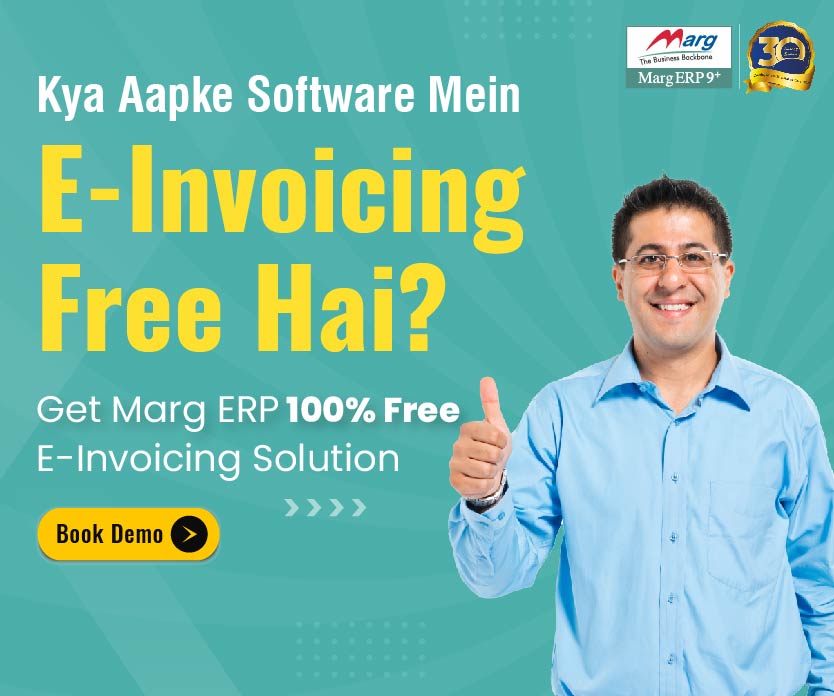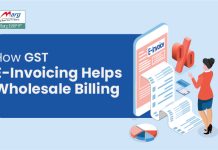Introduction
Invoicing is an integral part of any business transaction, as it acts as a proof of the goods or services exchanged between parties and also serves as a tool for record-keeping and accounting. Traditional invoicing involves a manual process that is often time-consuming, error-prone, and costly. However, with the advancement of technology, electronic invoicing (e-invoicing) has emerged as an efficient and cost-effective alternative. In this blog, we will discuss the need for e-invoicing and its benefits.
First and foremost, e-invoicing simplifies the invoicing process by eliminating the need for paper-based documentation. This means that businesses can reduce their paperwork, save storage space, and contribute towards environmental sustainability. E-invoicing also saves time as it eliminates manual data entry, reduces errors, and improves the accuracy of financial data. This, in turn, allows businesses to focus on more critical tasks and increase productivity.
Another significant advantage of e-invoicing is the reduction in costs associated with paper-based invoicing. Traditional invoicing involves expenses such as printing, mailing, and storage, all of which can add up over time. E-invoicing, on the other hand, eliminates these expenses and saves businesses money in the long run.
E-invoicing also offers greater security and transparency. Electronic invoices can be digitally signed, encrypted, and authenticated, ensuring that the information is secure and accurate. Additionally, e-invoicing can provide real-time updates, allowing businesses to track their invoicing process and detect any discrepancies or errors quickly.
Furthermore, e-invoicing helps businesses comply with tax regulations and standards. Many countries have adopted e-invoicing as a legal requirement, with some mandating the use of specific formats and platforms. By implementing e-invoicing, businesses can ensure that they meet these regulations and avoid any legal penalties.
Finally, e-invoicing promotes better relationships between businesses and their customers. With faster and more accurate invoicing, businesses can improve their cash flow and reduce payment delays. This, in turn, helps build trust and strengthen the relationship between the business and the customer.
Other Related Blogs: Section 144B Income Tax Act
- Reduced Errors: E-invoicing reduces the likelihood of errors that can occur in traditional paper-based invoicing. Electronic invoices are generated automatically from purchase orders, eliminating the need for manual data entry. This not only reduces the possibility of errors but also minimizes the time spent on invoice processing.
- Improved Efficiency: With e-invoicing, businesses can reduce the amount of time spent on processing invoices. Electronic invoices can be sent and received instantly, allowing businesses to speed up their invoice processing and reduce the time spent on manual tasks such as printing, mailing, and processing paper invoices.
- Increased Accuracy: E-invoicing helps businesses to improve the accuracy of their invoicing process. With automatic invoice generation, businesses can ensure that the invoices generated are accurate and up-to-date, reducing the likelihood of errors.
- Cost Savings: E-invoicing can help businesses save money in the long run. Electronic invoices reduce the cost of paper, printing, and postage while also reducing the time and resources needed to process invoices manually.
- Improved Cash Flow: Electronic invoicing can help businesses improve their cash flow by reducing the time between invoice generation and payment receipt. This, in turn, can help businesses better manage their finances and reduce the risk of late payments.
- Increased Transparency: E-invoicing provides greater transparency into the invoicing process. Electronic invoices can be tracked and monitored, giving businesses real-time updates on the status of their invoices. This helps businesses to identify any issues or discrepancies in the invoicing process and address them quickly.
- Better Compliance: E-invoicing can help businesses meet compliance requirements related to invoicing. Many countries have adopted e-invoicing as a legal requirement, with some mandating the use of specific formats and platforms. By implementing e-invoicing, businesses can ensure that they comply with these regulations and avoid any legal penalties.
- Improved Customer Relationships: E-invoicing can help businesses improve their relationships with their customers. Faster and more accurate invoicing can help businesses to build trust with their customers and strengthen their relationships over time.
In conclusion
E-invoicing offers a range of benefits for businesses, from improving efficiency and accuracy to reducing costs and improving customer relationships. With the many advantages that e-invoicing offers, businesses can improve their invoicing process and position themselves for success in the digital age.
Frequently Asked Questions (FAQs)
Q.1 What is e-invoicing?
E-invoicing is the process of generating, sending, and receiving invoices electronically rather than using paper-based documents. E-invoicing can be done through a variety of methods, including email, online portals, and specialized invoicing software.
Q.2 Why do businesses need e-invoicing?
Businesses need e-invoicing to simplify their invoicing process, reduce errors, improve efficiency, and reduce costs associated with traditional paper-based invoicing. E-invoicing also offers improved security, compliance, and customer relationships.
Q.3 How does e-invoicing improve efficiency?
E-invoicing improves efficiency by automating the invoicing process and reducing the amount of time and resources needed to process invoices manually. Electronic invoices can be generated automatically from purchase orders, reducing the need for manual data entry and minimizing the time spent on invoice processing.
Q.4 What are the cost savings associated with e-invoicing?
E-invoicing can help businesses save money in the long run by reducing the cost of paper, printing, and postage while also reducing the time and resources needed to process invoices manually. E-invoicing also reduces the likelihood of errors, which can result in additional costs.
Q.5 How does e-invoicing help with compliance?
Many countries have adopted e-invoicing as a legal requirement, with some mandating the use of specific formats and platforms. By implementing e-invoicing, businesses can ensure that they comply with these regulations and avoid any legal penalties.
Q.6 How does e-invoicing improve customer relationships?
E-invoicing can help businesses improve their customer relationships by providing faster and more accurate invoicing, which can help businesses to build trust with their customers. E-invoicing can also reduce the time between invoice generation and payment receipt, which can improve cash flow and reduce the risk of late payments.
Q.7 Is e-invoicing secure?
E-invoicing is generally considered to be secure, as electronic invoices can be digitally signed, encrypted, and authenticated to ensure that the information is secure and accurate. However, businesses should ensure that they use secure platforms and follow best practices for data security to minimize the risk of fraud or data breaches.






